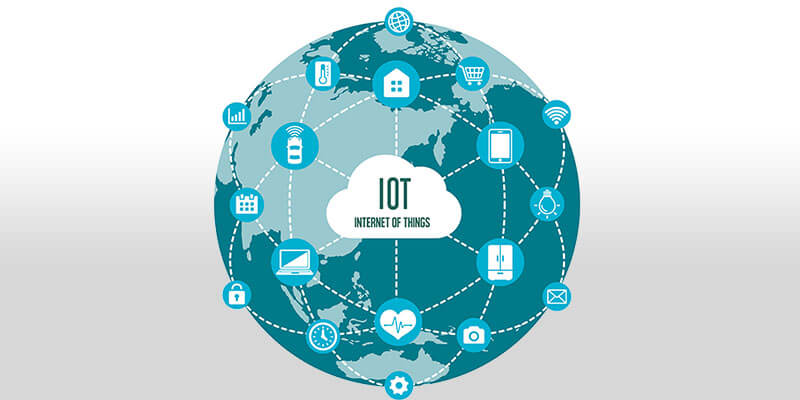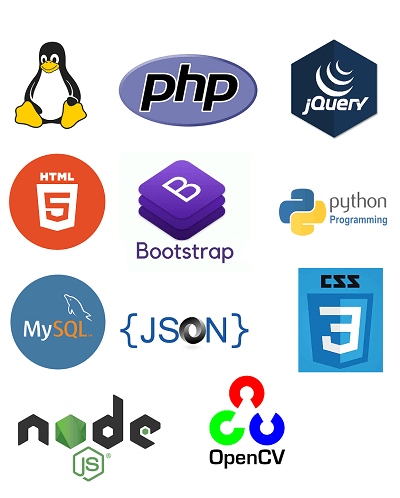The IoT aims to make our lives easier and more efficient by allowing us to control and monitor devices and systems remotely. For example, you might use a smart thermostat to adjust the temperature in your home from your smartphone or a fitness tracker to monitor your daily activity.
The IoT is made possible by various technologies, including sensors, wireless connectivity, and cloud computing. Sensors are small devices that can detect and measure multiple data types, such as temperature, humidity, or movement. These sensors are embedded in machines and systems, allowing them to collect data about their environment.
Cloud computing stores and processes data on servers connected to the internet rather than on a local device. Wireless connectivity allows devices to communicate with each other and external systems and will enable data to be accessed and analyzed from anywhere with an internet connection.
One of the main benefits of the IoT is the ability to collect and analyze data from connected devices. Improve efficiency and decision-making, as well as identify trends and patterns. For example, a manufacturer can use data from connected machines to optimize production processes and reduce downtime.
The IoT can monitor and track patient health in the healthcare industry, leading to improved outcomes and reduced costs. The IoT also has the potential to improve customer experience. For example, a retail store can use data from connected devices to track customer behavior and offer personalized recommendations.
While the IoT offers many benefits, it also raises several concerns. One of the main concerns is the security of connected devices, and as more devices connect to the internet, cyber-attack risk increases.
Overall, the IoT is a complex and rapidly evolving field that has the potential to transform a wide range of industries and applications. By connecting devices and systems to the internet, we can improve efficiency, make better-informed decisions, and enhance the customer experience. However, it is essential to consider the potential risks carefully and to implement strong security and privacy measures.


